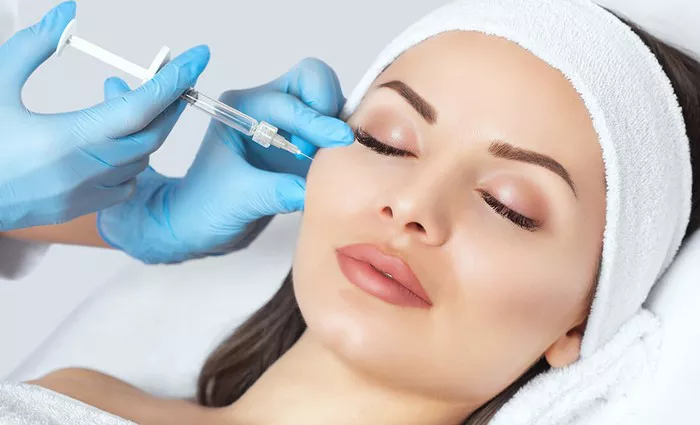The pursuit of youthful, radiant skin has led to the innovation of various cosmetic procedures, including non-surgical facelifts. As individuals seek effective alternatives to surgical facelifts, non-surgical options have gained popularity. These procedures offer the promise of rejuvenation without the downtime and invasiveness of surgery. In this article, we will delve into the world of non-surgical facelifts, exploring the different types available and helping you determine the best option for your unique needs.
Understanding Non-Surgical Facelifts
Non-surgical facelifts encompass a wide range of minimally invasive procedures designed to tighten, lift, and rejuvenate the skin and underlying tissues. These procedures leverage innovative technologies, injectables, and other techniques to address common signs of aging, such as sagging skin, fine lines, and loss of facial volume. The appeal lies not only in their effectiveness but also in the reduced risk, minimal discomfort, and shorter recovery times compared to surgical alternatives.
Types of Non-Surgical Facelifts
Dermal Fillers: Dermal fillers are injectable substances that restore lost volume, smooth wrinkles, and enhance facial contours. Hyaluronic acid fillers, such as Juvederm and Restylane, are commonly used. They can plump up areas like cheeks, lips, and temples, providing a more youthful appearance. The results are often immediate and can last from several months to over a year, depending on the type of filler used.
Botox and Dysport: Botulinum toxin injections, commonly referred to as Botox or Dysport, relax specific facial muscles responsible for wrinkles and fine lines. These injections are especially effective in treating dynamic wrinkles, such as crow’s feet and frown lines. The procedure is quick, virtually painless, and results typically become noticeable within a few days. Results can last around 3 to 4 months.
Thread Lifts: Thread lifts involve inserting dissolvable sutures under the skin to lift and tighten sagging areas. Over time, these sutures stimulate collagen production, enhancing the lifting effect. Thread lifts are suitable for mild to moderate sagging and provide more gradual, natural-looking results compared to surgery.
Ultrasound and Radiofrequency (RF) Treatments: Technologies like Ultherapy (ultrasound) and Thermage (RF) deliver energy to deep skin layers, stimulating collagen production and skin tightening. These treatments are versatile, targeting various facial areas and even the neck. Results are progressive and become noticeable over a few months.
Laser Skin Resurfacing: Laser treatments, such as fractional CO2 lasers and erbium lasers, can improve skin texture, reduce wrinkles, and promote collagen remodeling. These treatments address both superficial and deeper skin layers, leading to improved overall skin quality.
Choosing the Best Option
Determining the best non-surgical facelift option depends on individual factors, including skin type, areas of concern, desired results, and budget. Consulting a board-certified dermatologist or cosmetic surgeon is crucial for personalized recommendations. Consider the following when making your decision:
Goals and Expectations: Clearly define your goals and expectations. Do you want to target specific wrinkles, lift sagging skin, or enhance overall facial appearance?
Severity of Concerns: The severity of your skin’s aging signs plays a role in choosing the right treatment. Some procedures are better suited for mild issues, while others can address more significant concerns.
Downtime and Recovery: Consider your schedule and willingness to tolerate downtime. Some procedures have minimal recovery periods, while others might require a few days of rest.
Longevity of Results: Different procedures offer varying durations of effectiveness. If you’re looking for longer-lasting results, procedures like thread lifts or Ultherapy might be more suitable.
Budget: Non-surgical facelift costs can vary. While injectables like Botox and dermal fillers are often more budget-friendly, technologies like Ultherapy might require a larger investment.
Conclusion
The best type of non-surgical facelift depends on your individual needs, goals, and preferences. Each procedure has its unique benefits and considerations. Consulting a qualified medical professional is essential to make an informed decision and create a customized treatment plan. As cosmetic technology continues to advance, non-surgical facelift options will likely expand, offering even more tailored solutions for achieving youthful and refreshed skin.


